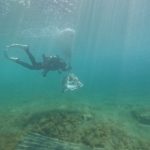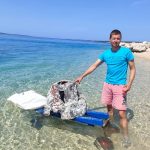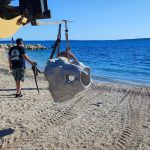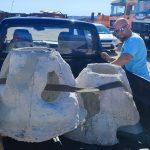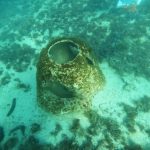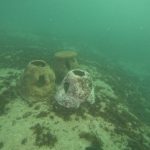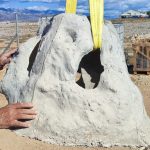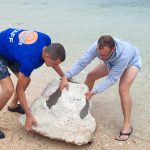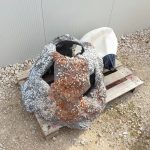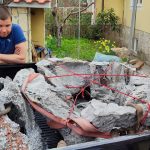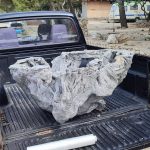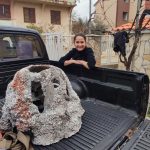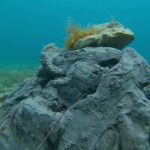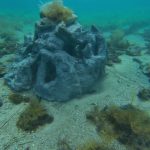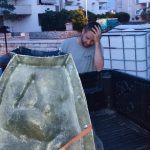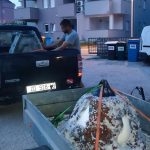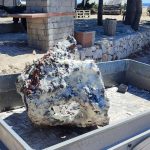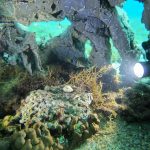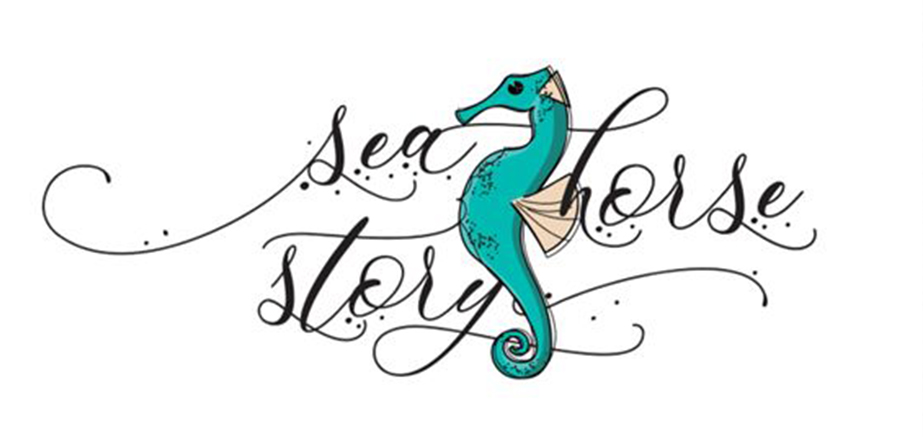
Our team
January 23, 2023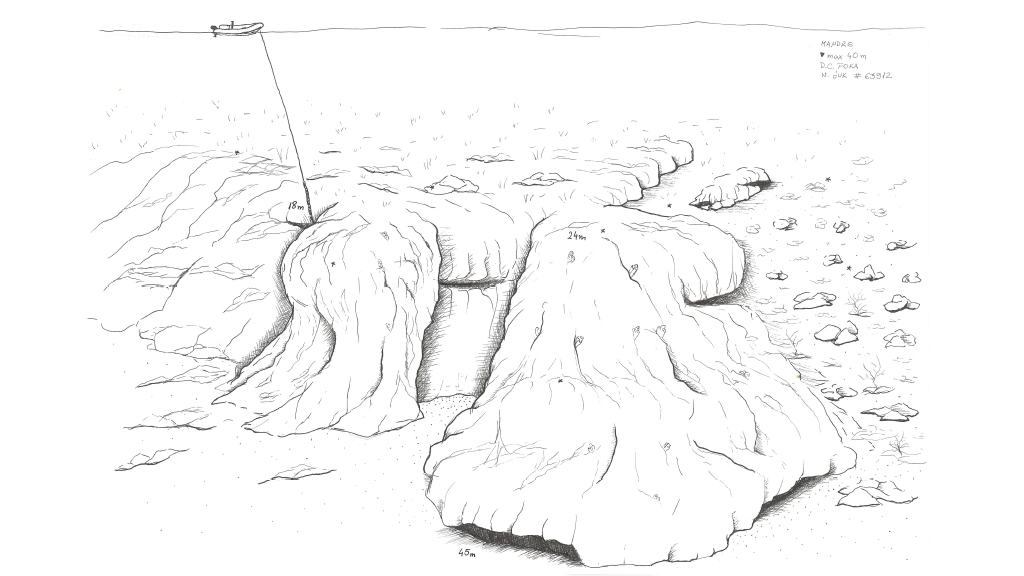
Mandre
January 31, 2023Marine ecosystems are threatened by excessive fishing, improper anchoring, pollution, and construction in the coastal zone. Restoration of underwater habitats, especially the areas where fish reproduce, is necessary to replenish fish stocks, but also to preserve the health of the Adriatic Sea. A sandy or muddy seabed is as a desert for undersea ecosystems, although it can be transformed into an area of greater biodiversity by installing artificial reefs.
Artificial undersea reefs are anthropogenic constructs, placed on the seabed to promote marine life in areas of reduced biodiversity. The materials used to construct reef structures (concrete, metals, stone blocks, etc.) must be inert, chemically stable in seawater and physically durable, and they must not become new potential sources of chemical or physical pollution.
The “Recycle Reef” project is the idea of the Navalis Underwater Research Center. Its aim is to foster better management and recycle construction waste by using it to build artificial reefs. A “Recycle Reef” is made of chemically inert cement and discarded construction materials, and represents a novelty in the construction of artificial underwater structures.
Thanks to a donation from the Adris Foundation, a total of 12 “Recycle Reefs” have been installed on the seabed of Šimuni Beach on the island of Pag. They are made of different types of construction waste and placed at different depths, in individual and interconnected formations.
The aim of this research is to study the environmental impact of artificial undersea reefs, about which there are still no data in Croatia. The study will facilitate the installation of artificial reefs throughout Croatia, and this work will serve as the foundation for the development of this, still underrepresented, ecological practice in the Republic of Croatia.



